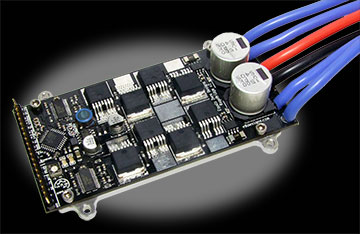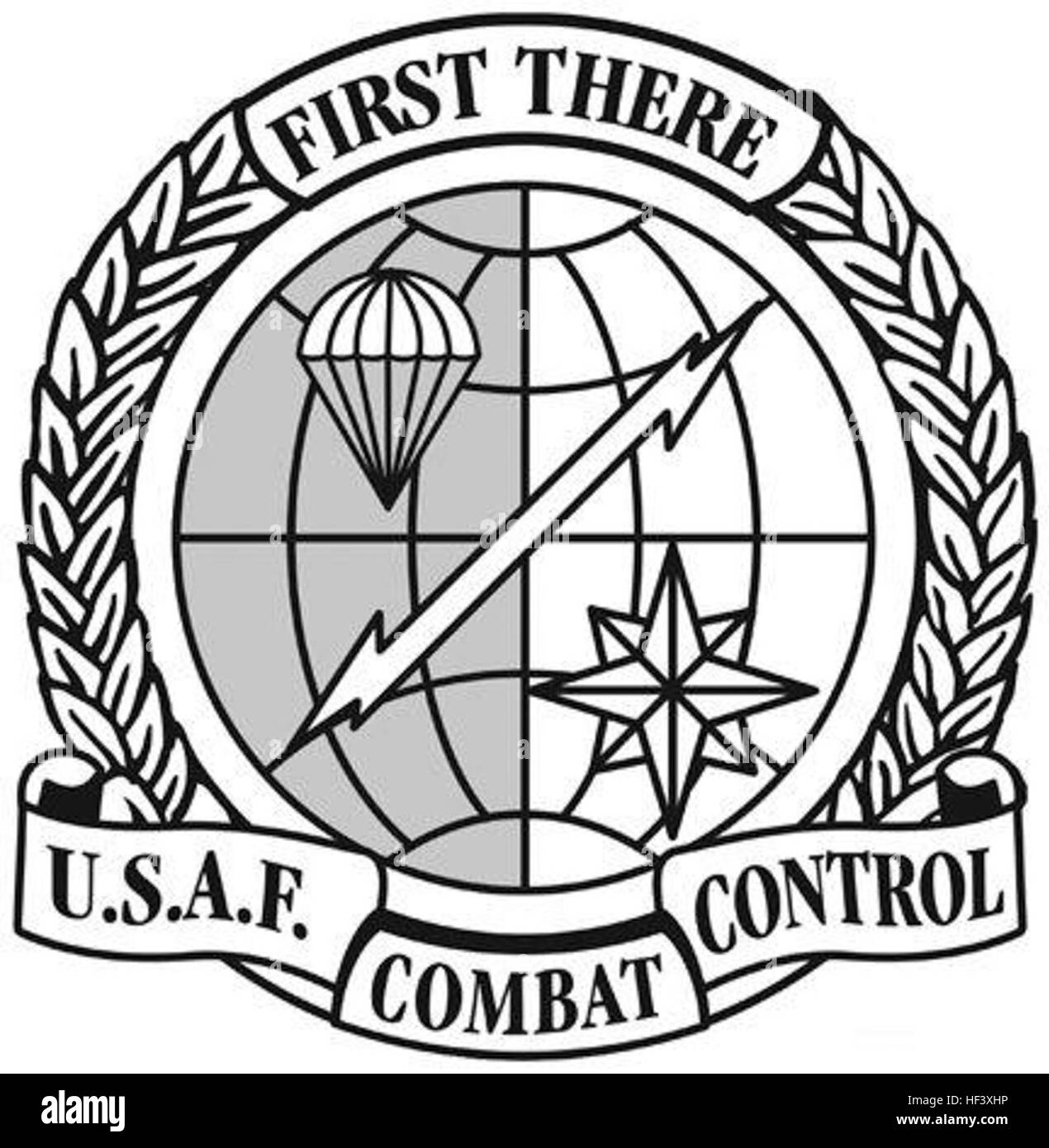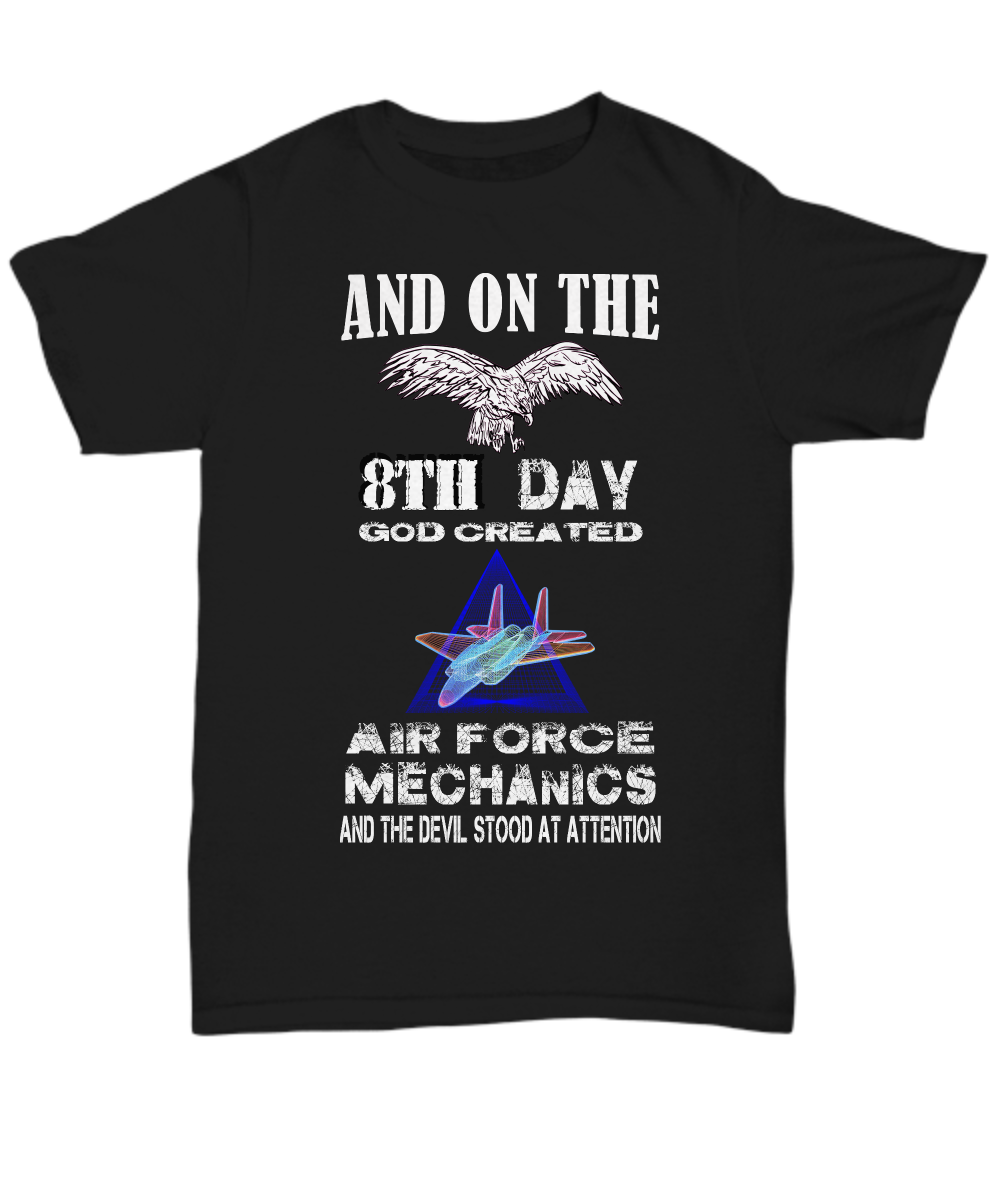Combat Controllers Roles Explained

Introduction to Combat Controllers

Combat Controllers are highly specialized personnel in the United States Air Force, trained to operate in a variety of environments and conditions. Their primary role is to establish and maintain control over the battlefield, ensuring the safe and effective deployment of airpower. These individuals undergo rigorous training to develop the skills necessary to perform their duties, which can range from advanced reconnaissance to combat search and rescue. In this post, we will delve into the roles and responsibilities of Combat Controllers, exploring their training, operations, and significance in modern military strategy.
Training and Qualifications

To become a Combat Controller, an individual must undergo a comprehensive training program that includes both physical and mental challenges. This program is designed to push candidates to their limits, testing their endurance, strength, and ability to work under pressure. The training process typically involves:
- Basic Military Training: The foundational training that all Air Force personnel receive, focusing on basic military skills and knowledge.
- Combat Control Team Training: Advanced training that focuses on the specific skills required for Combat Controllers, such as parachuting, combat tactics, and survival techniques.
- Special Operations Training: Training that prepares Combat Controllers for operations in a variety of environments, including urban, rural, and hostile territories.
Roles and Responsibilities

Combat Controllers play a crucial role in modern military operations, serving as the eyes and ears of the commander on the battlefield. Their primary responsibilities include:
- Reconnaissance: Conducting advanced reconnaissance to gather critical information about the enemy and the battlefield environment.
- Air Support Operations: Coordinating air support to ensure the safe and effective deployment of airpower, including bombardment and close air support.
- Combat Search and Rescue: Conducting combat search and rescue operations to recover personnel who have been isolated or stranded behind enemy lines.
- Special Operations: Participating in special operations, such as direct action, unconventional warfare, and counterterrorism.
Operations and Tactics

Combat Controllers operate in a variety of environments, from urban to hostile territories. They use advanced tactics and techniques to gather intelligence, conduct reconnaissance, and coordinate air support. Some of the key operations and tactics used by Combat Controllers include:
- HALO (High-Altitude, Low-Opening) Parachuting: A high-risk parachuting technique used to insert Combat Controllers behind enemy lines.
- SCUBA Diving: Used for amphibious operations, allowing Combat Controllers to conduct underwater reconnaissance and infiltration.
- Survival, Evasion, Resistance, and Escape (SERE) Training: Training that prepares Combat Controllers to survive and evade capture in hostile territories.
Significance in Modern Military Strategy

Combat Controllers play a critical role in modern military strategy, serving as the tip of the spear in a variety of operations. Their ability to conduct advanced reconnaissance, coordinate air support, and participate in special operations makes them a valuable asset on the battlefield. The significance of Combat Controllers can be seen in their:
- Flexibility: Ability to operate in a variety of environments and conditions, making them a versatile asset on the battlefield.
- Effectiveness: Proven track record of success in a variety of operations, from combat search and rescue to counterterrorism.
- Cost-Effectiveness: Ability to conduct operations with a small footprint, reducing the risk of casualties and collateral damage.
💡 Note: The role of Combat Controllers is highly classified, and as such, the information provided in this post is limited to publicly available sources.
Combat Controllers in Action

Combat Controllers have been involved in a variety of operations throughout history, from Vietnam to Afghanistan. Their bravery and selflessness have earned them numerous awards and decorations, including the Medal of Honor. Some notable examples of Combat Controllers in action include:
| Operation | Location | Year |
|---|---|---|
| Vietnam War | Vietnam | 1955-1975 |
| Gulf War | Kuwait | 1990-1991 |
| Afghanistan War | Afghanistan | 2001-present |

These operations demonstrate the critical role that Combat Controllers play in modern military strategy, serving as the tip of the spear in a variety of environments and conditions.
In the end, the role of Combat Controllers is a crucial component of modern military strategy, providing a flexible and effective means of conducting operations in a variety of environments and conditions. Their bravery, selflessness, and dedication to their duties make them a valuable asset on the battlefield, and their significance in modern military strategy is undeniable.
What is the primary role of Combat Controllers?

+
The primary role of Combat Controllers is to establish and maintain control over the battlefield, ensuring the safe and effective deployment of airpower.
What type of training do Combat Controllers undergo?

+
Combat Controllers undergo a comprehensive training program that includes basic military training, combat control team training, and special operations training.
What is the significance of Combat Controllers in modern military strategy?

+
Combat Controllers play a critical role in modern military strategy, serving as the tip of the spear in a variety of operations and providing a flexible and effective means of conducting operations in a variety of environments and conditions.



